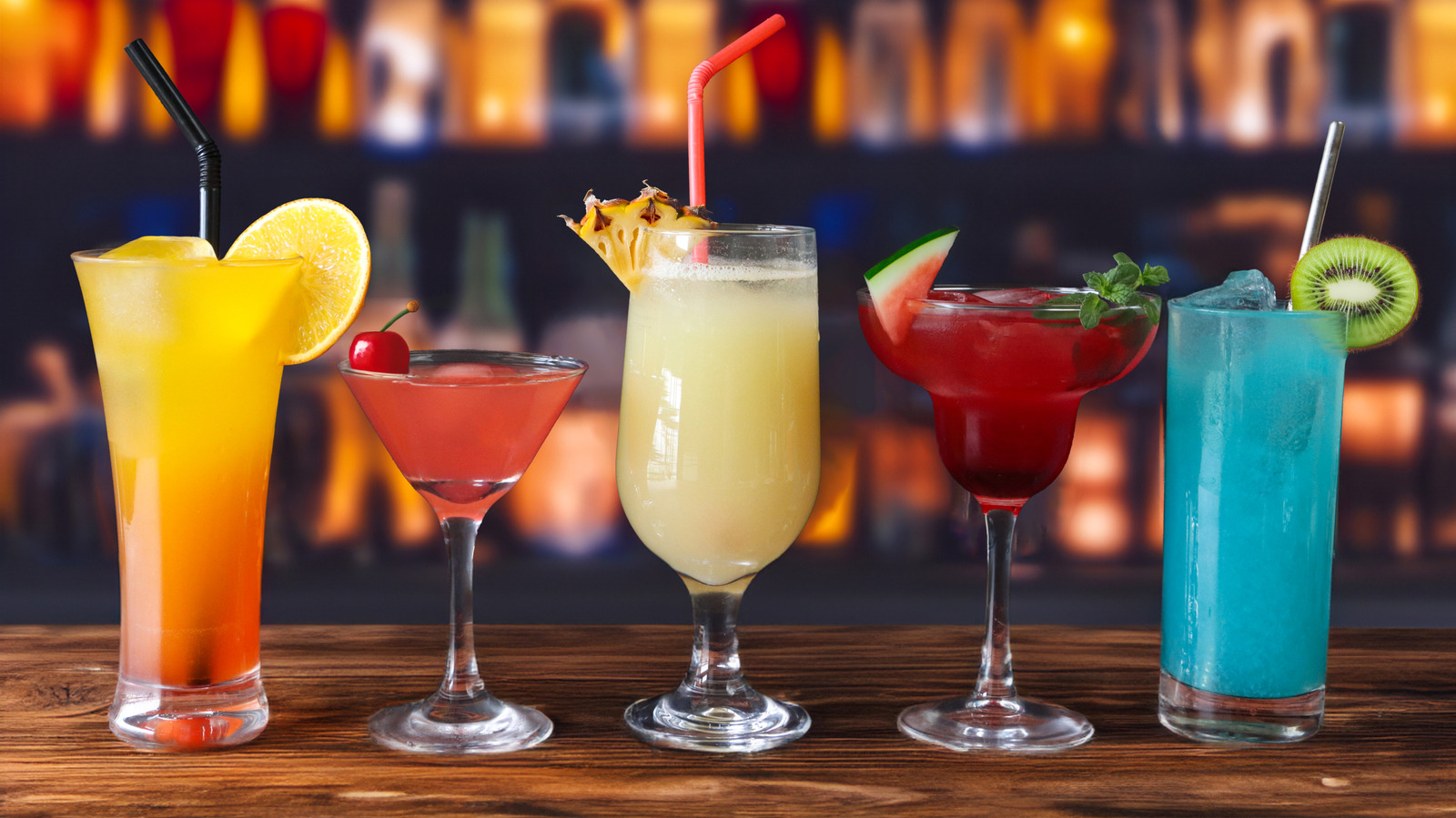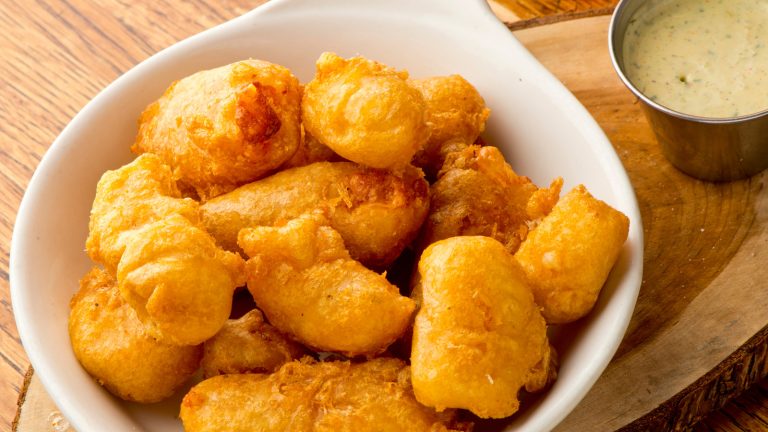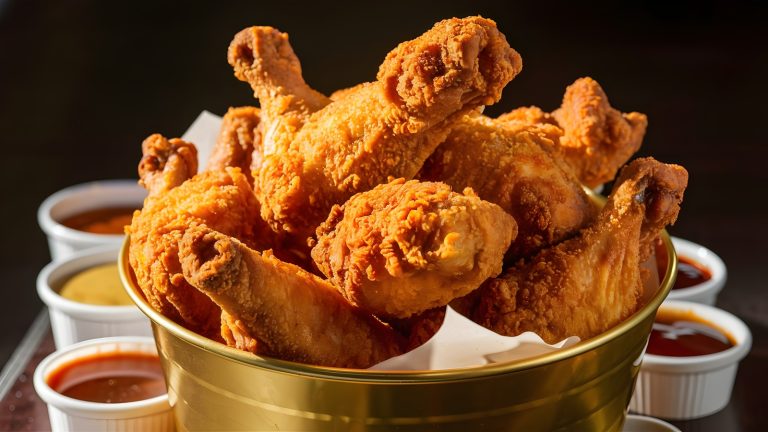After work on a Thursday, you might not be in the mood for a sit-down dinner … but, who isn’t in the mood for a $10 margarita pitcher? This is the power of restaurants’ surprisingly cheap drink specials, many of which leave beer-buzzed customers wondering, “How can they possibly be making money off of this?” The answer lies in the power of the draw. Foodies might’ve skipped the restaurant altogether on a low-traffic weeknight, staying home instead. But, by attracting the masses with an ultra-affordable drink special, restaurants increase foot traffic, boost food sales, and create brand loyalty.
The strategy is especially helpful for sit-down fast-casual chains serving both drinks and food. The “rope-a-dope” attracts sippers while subtly encouraging food sales alongside. A prime example of this is Applebee’s legendary Dollaritas, which were conceived as a “please come to Applebee’s” draw after years of dangerously declining foot traffic culminating in 2018. Within one year, Applebee’s saw a 5.5% increase in year-over-year sales, with more than $55 million of those sales coming from dollar drinks alone by 2019. When the chain brought back the Dollarita in 2023, the promotion was the chain’s most successful campaign of the year, as reported by Nation’s Restaurant News. Of the customer orders that included a Dollarita, an estimated 93% also included a food item. Like the Dollarita, businesses can maximize profit by offering discounts on batched cocktails or kegged beers, storage which increases product shelf life and reduces prep time and labor per order.
It’s all about slinging volume and encouraging food sales
It’s worth mentioning that cheap drinks and happy hours low-key encourage overconsumption (the Dollarita high-key harmed Applebees’ employees). To protect customers, staff, and the business bottom line, these promotions often come with a limit. One viral TikTok by @callmebelly exploring the Dollarita notes, “I guess you can get five drinks max but after three drinks, the manager has to approve it to make sure that you’re good.”
Regularly offered promotions also increase the likelihood that folks will become repeat customers (i.e. “Wednesdays are $5 pint nights? See ya here again next Wednesday”). This inherently encourages socialization, rolling up with a squad, which is why restaurants offering discounted drinks also commonly offer small, shareable plates for easy snacking while folks sip.
To capitalize on the economic advantage of volume-based drink specials, businesses often promote combos. For instance, if a restaurant offered a $20 wine and burger combo, they’d still be making a decent profit compared to selling the items individually at full price ($15 burger plus $14 wine, $29 total). If the burger costs the restaurant 50% of the menu price to make, and the wine is sold at a 300% markup (a common figure for restaurant wine sales), then the combo will only cost the restaurant $12.17 — bringing in $7.83 profit from customers who might not have felt compelled to visit at all had the affordable deal not been promoted.






